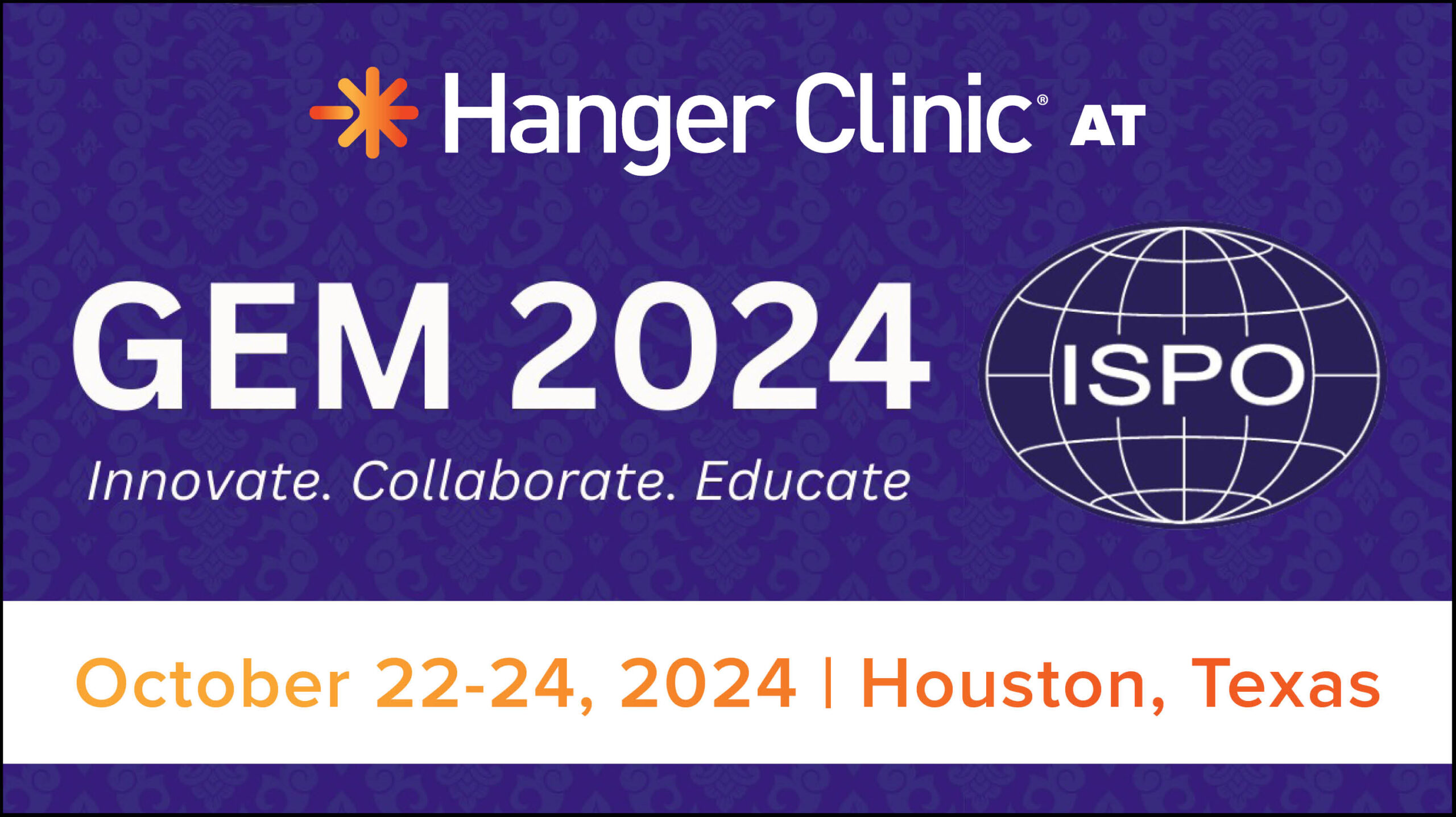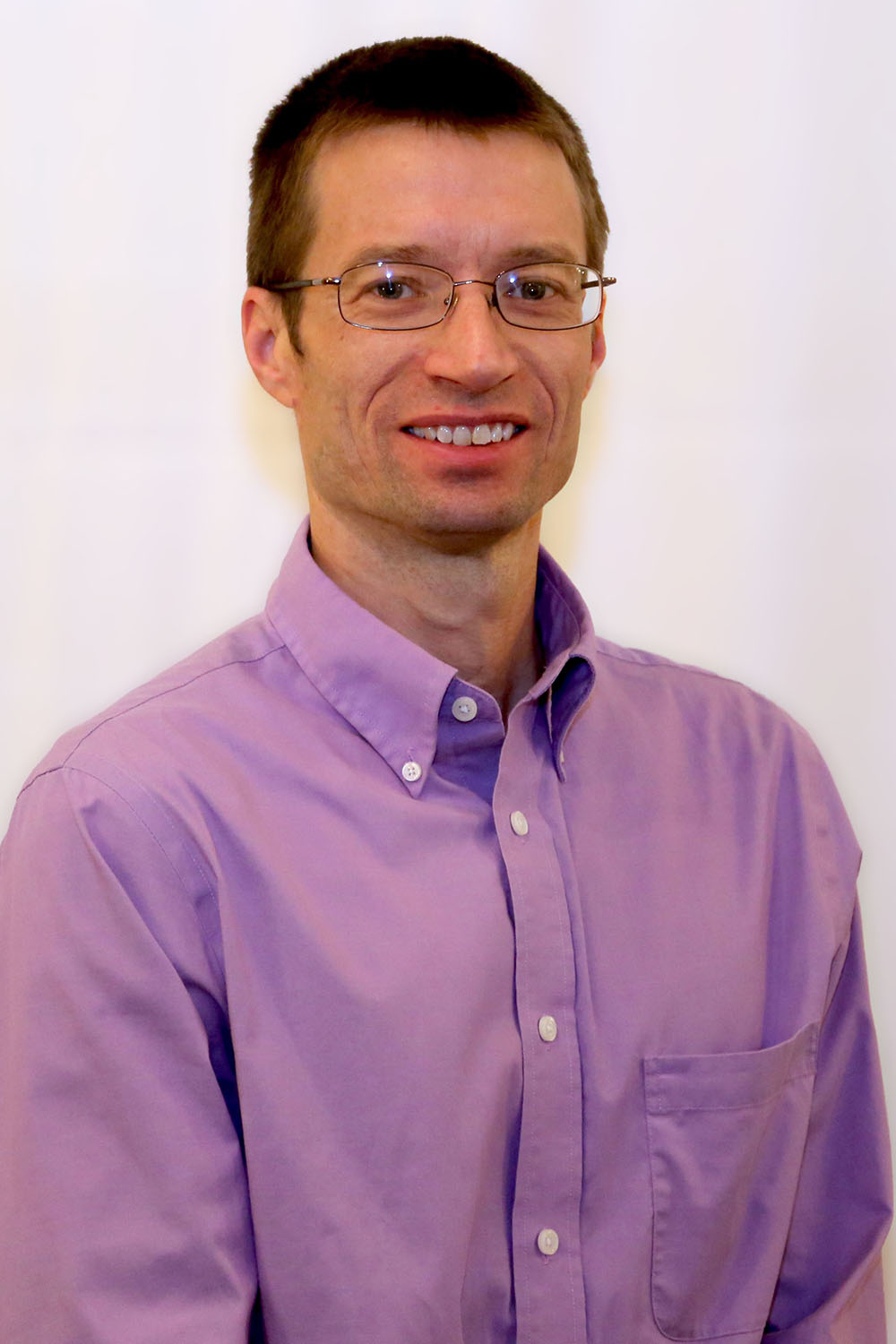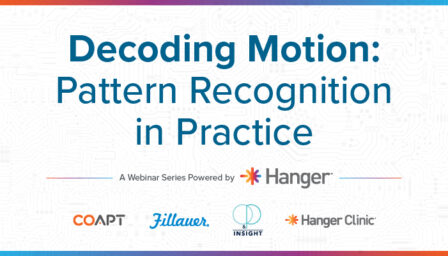Global Educators Meeting

Date and Time
About the Event
GEM 2024 is an international collaboration between Prosthetic and Orthotic (P&O) Educators that is committed to ongoing knowledge exchange, professional development, and supportive learning.
The event aims to:
- Foster discussion about the needs and strategies for the future of P&O education.
- Encourage and facilitate collaboration between training institutions.
Visit Our Table and Attend Our Sessions
Join us at our table each day for opportunities to connect with our knowledgeable clinical experts and attend our session to learn more about the Hanger Institute.
Session One
The Benefits of Partnership Between Industry and Educational Institutions
Date: Tuesday, October 22 | Time: 2:30 – 3:15 p.m.
Speaker:

Doug Reber, L/CO
Director, Education & National Residency
Doug is a licensed, ABC-certified orthotist with four decades of experience in the O&P field. He serves as the Director of Education & National Residency for Hanger Clinic, and is also the lead for Cranial Remolding Procedures.
Session Two
Career Clinician: How Educators and Industry Can Work to Improve Retention and Talent
Date: Wednesday, October 23 | Time: 8:30 – 9:15 a.m.
Speakers:

Phil Stevens, MEd, CPO, FAAOP
Vice President of Clinical Affairs
Phil is an Upper Limb Prosthetic Specialist as well as the Vice President of Clinical Affairs. He develops evidence-based clinical programs designed to help patients improve their orthotic and prosthetic outcomes.

Eddy Gosschalk
West Zone Vice President
Eddy Gosschalk is a West Zone Vice President for Hanger Clinic, in Gig Harbor, Washington. He brings a robust skill set that includes Strategic Planning, Medical Devices, Public Speaking, Customer Service, Healthcare, and more.
Session Three
Mobility and Beyond: Findings and Future Focus of the Hanger Institute
Date: Wednesday, October 23 | Time: 12:30 – 1:30 p.m.
Speaker:

Phil Stevens, MEd, CPO, FAAOP
Vice President of Clinical Affairs
Phil is an Upper Limb Prosthetic Specialist as well as the Vice President of Clinical Affairs. He develops evidence-based clinical programs designed to help patients improve their orthotic and prosthetic outcomes.
Session Four
O&P Graduates’ Preparedness for Residency: Perceptions of Mentors
Date: Wednesday, October 23 | Time: 1:40 – 1:50 p.m.
Speaker:

Jason Wening, MS, CPO, FAAOP
Clinician
Jason is an ABC-certified prosthetist/orthotist and clinic manager of the Lincoln Park Hanger Clinic in Chicago, Illinois and serves as the Chicago Area Residency Director. As a clinic manager with more than 17 years of experience in the field, Jason specializes in lower extremity prosthetics.
See you in Houston!
Related Events

July 30, 2025
From Code to Care: Expanding Access to Pattern Recognition in Upper Limb Prosthetics
This session provides critical insights into Healthcare Common Procedure Coding System L6700, a newly approved reimbursement code representing the integration of myoelectric pattern recognition within an upper limb prosthesis.

August 27, 2025
Foundations of Pattern Recognition: Principles, Evidence, and Patient Candidacy
This course introduces therapists to emerging care strategies for individuals following upper limb amputation, with a focus on integrating pattern recognition technology into rehabilitation.